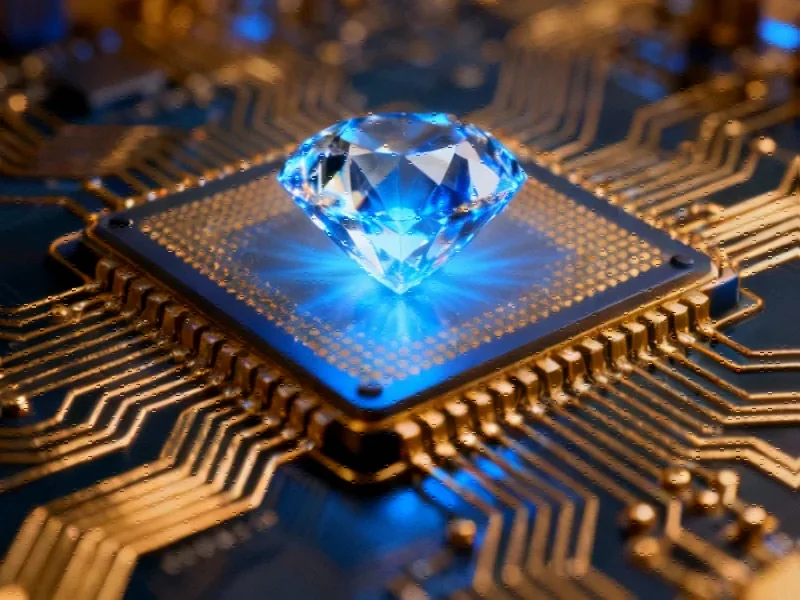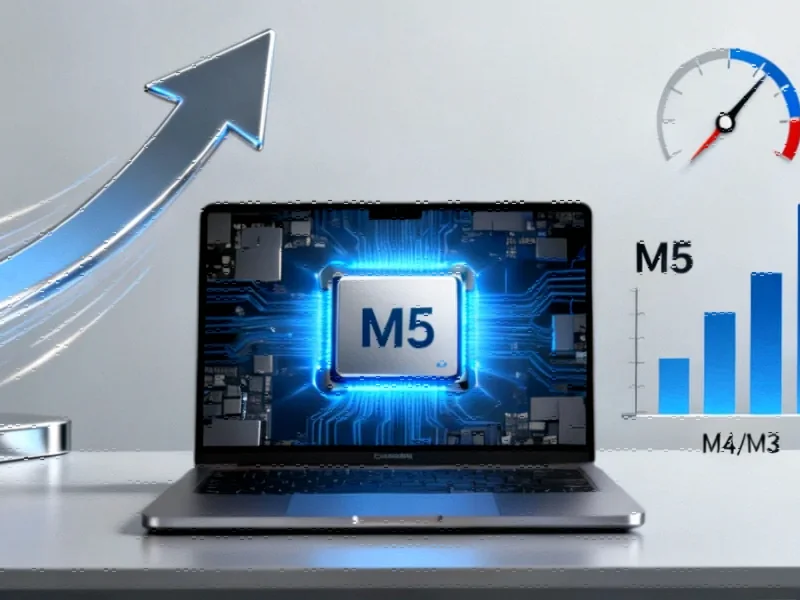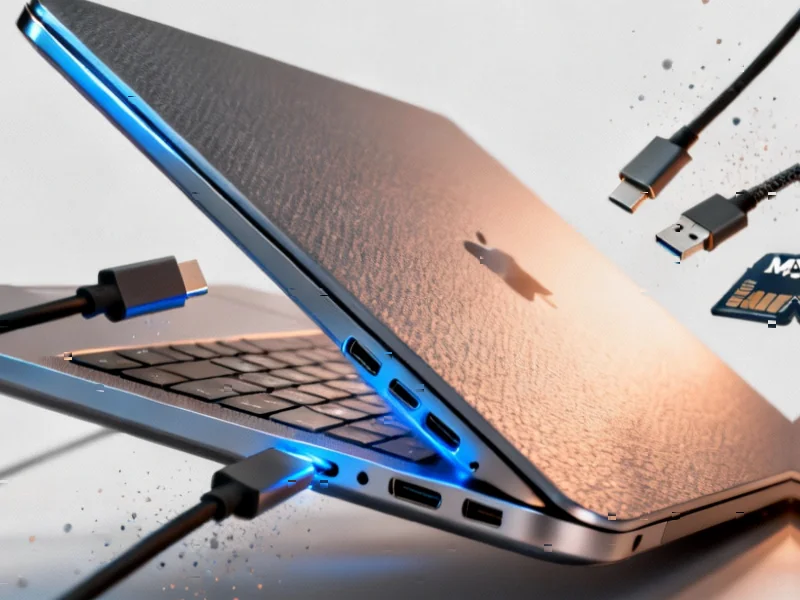The AI Infrastructure Boom Fueling ISU Petasys’ Meteoric Rise
South Korean PCB manufacturer ISU Petasys has emerged as one of this year’s standout performers in the technology sector, with shares skyrocketing 215% year-to-date. The company’s specialized multi-layer printed circuit boards have become critical components for AI servers powering industry giants including Alphabet, Nvidia, and Microsoft. This unprecedented surge reflects the intensifying demand for advanced computing infrastructure required to support the global artificial intelligence revolution.
Unlike many technology stocks experiencing volatility amid AI hype cycles, ISU Petasys represents a tangible play on the infrastructure underpinning artificial intelligence development. The company’s sophisticated PCB technology enables the high-speed data processing and thermal management necessary for cutting-edge AI workloads. As major cloud providers and technology firms race to deploy next-generation AI capabilities, specialized component suppliers like ISU Petasys have become strategically essential to the entire ecosystem.
Technical Excellence in High-Density PCB Manufacturing
ISU Petasys has distinguished itself through technical expertise in producing high-density interconnect (HDI) PCBs capable of meeting the rigorous demands of AI server applications. These multi-layer boards feature complex designs with enhanced signal integrity, superior thermal performance, and minimized electromagnetic interference – all critical attributes for AI training and inference workloads that push hardware to its limits.
The company’s manufacturing capabilities align perfectly with the industry’s shift toward more powerful and efficient AI accelerators. As chip manufacturers like Nvidia continue to advance their processor technology, the supporting PCB infrastructure must evolve accordingly. ISU Petasys has demonstrated the engineering prowess and production scalability needed to keep pace with these rapid technological advancements, positioning itself as a preferred supplier for multiple industry leaders.
Market Dynamics and Future Growth Trajectory
The remarkable performance of ISU Petasys shares reflects broader market trends in specialized electronics manufacturing driven by artificial intelligence adoption. Industry analysts note that the company’s focus on high-margin, technically demanding PCB solutions has created a competitive moat that distinguishes it from conventional PCB manufacturers. This strategic positioning has enabled ISU Petasys to capitalize on the AI infrastructure build-out while maintaining pricing power and customer loyalty.
Looking forward, the company’s growth trajectory appears sustainable given the projected expansion of AI server deployments. Major technology firms have signaled ongoing substantial investments in AI infrastructure, suggesting continued strong demand for advanced PCBs. Recent industry developments in open-source computing platforms further support the need for specialized hardware components optimized for AI workloads.
Broader Implications for Electronics Manufacturing
The success of ISU Petasys highlights a significant shift in the electronics manufacturing landscape, where specialization and technical expertise are increasingly valued over scale alone. As artificial intelligence becomes more pervasive across industries, component manufacturers with domain-specific knowledge and advanced capabilities stand to benefit disproportionately.
This trend extends beyond traditional computing applications, influencing diverse sectors from automotive to healthcare. The convergence of multiple technological domains is creating new opportunities for component suppliers who can deliver integrated solutions. These related innovations in materials science and manufacturing processes demonstrate how cross-industry technological advances can create synergistic growth opportunities.
Competitive Landscape and Strategic Positioning
Within the competitive PCB manufacturing sector, ISU Petasys has carved out a distinctive position by focusing on the most technically challenging applications. While many PCB manufacturers compete primarily on cost for consumer electronics, the company has targeted high-performance computing segments where technical specifications and reliability outweigh price considerations. This strategic focus has proven particularly advantageous as AI workloads demand increasingly sophisticated hardware solutions.
The company’s success also reflects broader market trends in technology supply chains, where specialized component manufacturers are gaining prominence. As system complexity increases, the value contributed by individual component suppliers becomes more significant, potentially reshaping traditional customer-supplier relationships and business models throughout the technology ecosystem.
Future Outlook and Industry Implications
The extraordinary performance of ISU Petasys shares suggests investors recognize the structural nature of the AI infrastructure build-out rather than viewing it as a temporary phenomenon. As artificial intelligence capabilities continue to advance, the hardware requirements become increasingly demanding, creating ongoing opportunities for manufacturers with relevant expertise.
This technological evolution parallels recent technology advancements in other fields, where fundamental breakthroughs often depend on progress across multiple disciplines simultaneously. The intersection of hardware innovation, software development, and application deployment creates a virtuous cycle that drives continued investment and technological advancement throughout the ecosystem.
For investors and industry observers, the ISU Petasys story illustrates how specialized component manufacturers can become bellwethers for broader technological trends. The company’s performance not only reflects current demand for AI infrastructure but also signals confidence in the continued expansion of artificial intelligence applications across industries and use cases.
This article aggregates information from publicly available sources. All trademarks and copyrights belong to their respective owners.
Note: Featured image is for illustrative purposes only and does not represent any specific product, service, or entity mentioned in this article.



